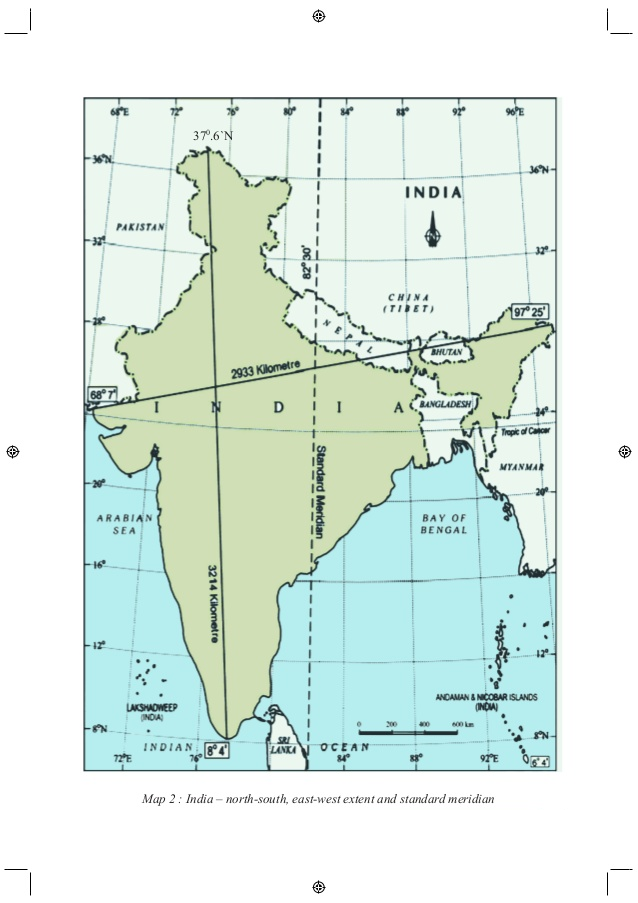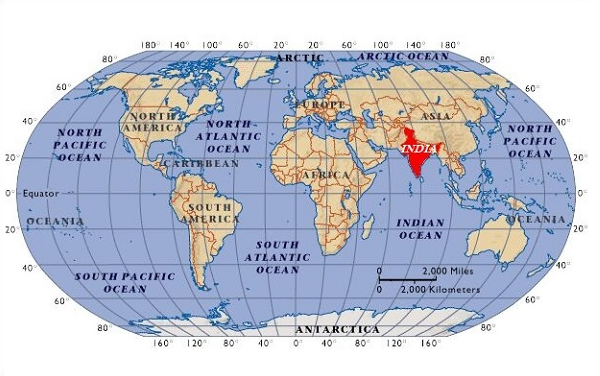(HOT) UPSC Current Affairs 2025 PDF
NEW! The Gist (OCT-2025) | E-BOOKS
(Getting Started) How To Study Maps for UPSC IAS Exams
(Getting Started) How To Study Maps for UPSC IAS Exams
Maps are an important part of your preparation for prelims as well as mains examination. Depending on your choice of optional, it may prove to be important there as well. Many aspirants feel burdened and distressed by the need to study maps. However, with the right strategy and understanding, it is not at all a difficult task.
-
Start With The Neighbours
India is a large country with various physical and political boundaries within it. However, owing to our long coastline, we share borders with just a few countries. To not overwhelm yourself, start studying maps by studying the neighbors we have in each direction. Follow it up with the oceans on each side and the islands/land masses we have on those oceans.
-
Latitudes and Longitudes
Check out which important lines pass through India and which of its states. Also, check out which lie in the tropics and subtropics. Questions are often framed from this area.

-
States
Now look inwards. Check out all states and their neighbors. Know all the important cities of each state. Mark any city or town that has been in news recently. Know the industries each state holds. Also, note any international boundary a state may share with another country.
Download Maps PDF for UPSC Exams
-
Rivers
Note down the important rivers in the country and which states they pass through. Know the main rivers and their tributaries. Also, have a basic understanding of water-sharing between states/with neighboring countries. Note down important dams and power generation bodies on rivers.
-
Lakes
Lakes are important spots of biodiversity and integral to the environment section of your UPSC syllabus. Note famous lakes across the country and their features.

-
Mountains
India is bordered by the Himalayas in the North and has many more hills across the country. These are important from a security and environmental point of view. Know the highest peaks of every range, the flora, and fauna unique to them, tribes that might inhabit these ranges. Also, know the glaciers which are a source for perennial rivers.
-
Natural Resources
India is rich in vegetation covers as well as minerals. Know the sites for different minerals and other excavations in the country and the ones off-shore. Note the different types of vegetation covers and the weather in those areas that give them their uniqueness.
-
National Parks and Biospheres
These have become some favorite topics for UPSC to ask. Know all National parks in the country as well areas deemed protected under different environmental acts. Especially note those that have been in the news.
-
World
Although UPSC focuses mainly on India, it is important to know the unique regions across the world such as deserts, biosphere hubs, unique rivers, etc.

-
Places In News
And finally, keep an eye out for places that are mentioned in news articles, whether in India or around the world, as UPSC tends to frame questions from these sections.
All these should cover your map preparation completely without anything left behind.
UPSC, IAS, Civil Services Exams - Printed Study Material
CLICK HERE TO DOWNLOAD UPSC TOPPERS NOTES


